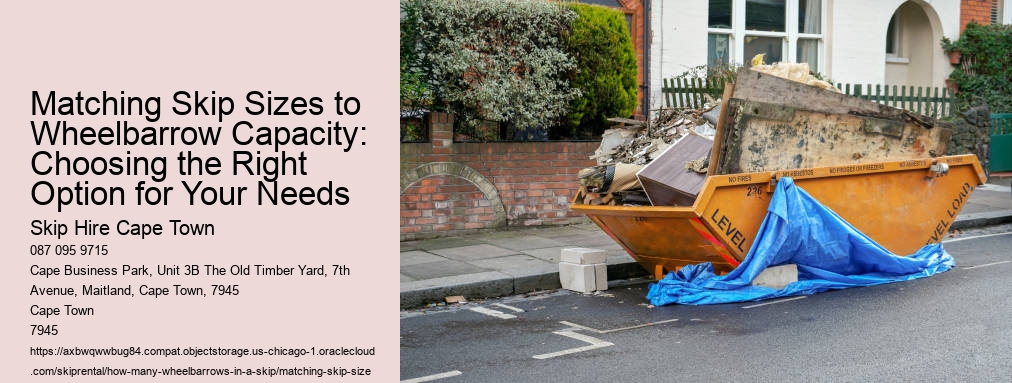Matching skip sizes to wheelbarrow capacity can be a tricky task! But with the right knowledge, it doesn't have to be. Understanding the size of skips and their respective wheelbarrow capacities is essential when selecting what works best for you.
The first step in this process is determining which size skip would suit your needs (and your budget).
How Many Wheelbarrows In A Skip? . Skips come in a range of sizes, from small 2 cubic yard domestic skips up to 40 cubic yard industrial skips. The appropriate skip for you will depend on the amount of waste you need removed and how much space you have available. (When deciding on a size, bear in mind that you may need additional space for any bulky items).
Once you've chosen your skip size, it's time to pick out a suitable wheelbarrow capacity. Generally speaking, larger skips require larger wheelbarrows; smaller skips can usually be managed with a smaller barrow. Additionally, the nature of the material being transported should also be taken into account - different densities and weights will require different capacities of wheelbarrow. For example, if transporting heavier materials like soil or rubble then more robust equipment is needed as opposed to lighter materials such as cardboard or paper which don't require so much strength!
When selecting the correct combination of skip size and wheelbarrow capacity there are several factors to consider; ensuring that your choices are both practical and cost-effective is key! With careful planning it's easy to make sure that you get exactly what you need without overspending - after all, nobody wants an underutilized or oversized tool! To sum up: choosing matching skip sizes and wheelbarrow capacities doesn't have to be difficult – just make sure that your decisions accurately reflect your requirements and budget constraints!
Waste Removal Made Easy: Utilizing Wheelbarrow Units to Optimize Skip Usage
